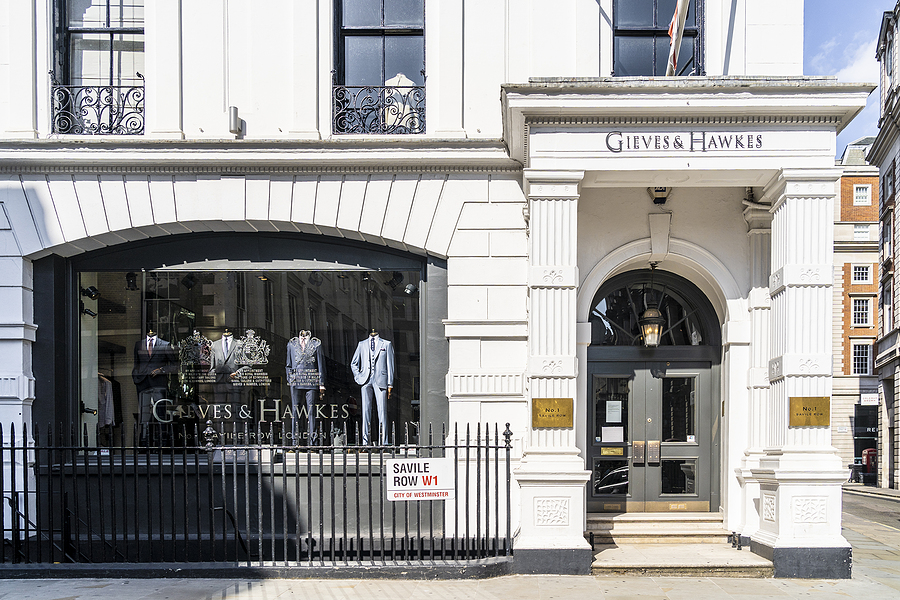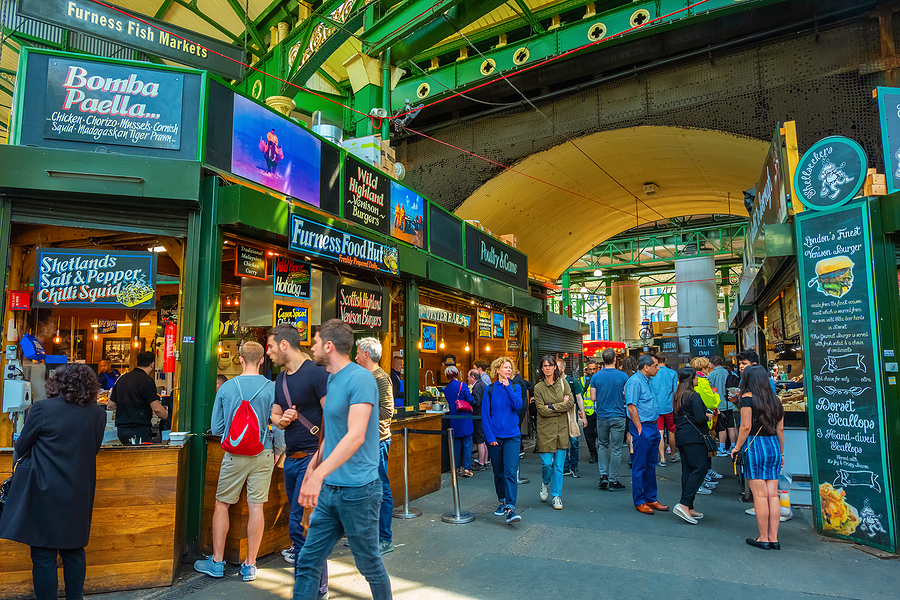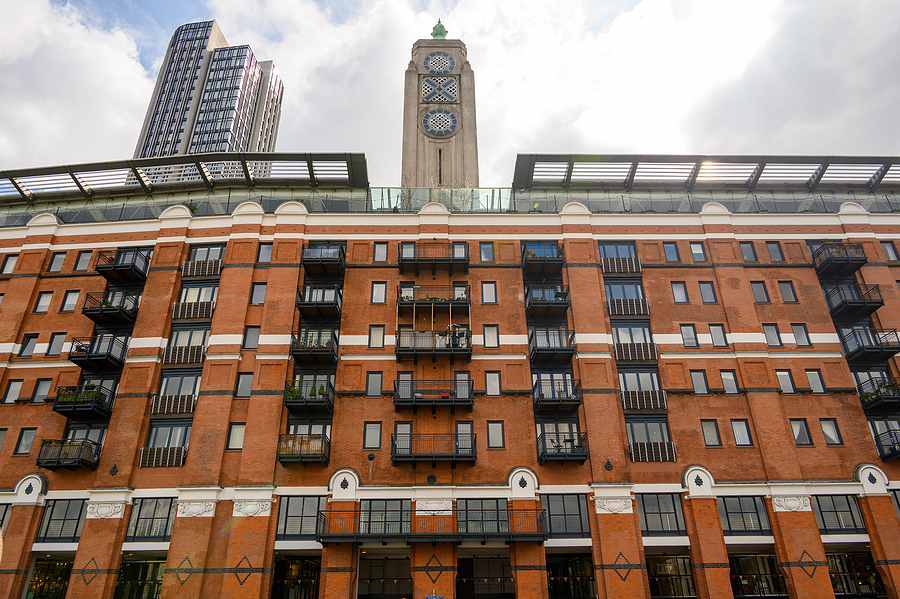London is a city where you can enjoy visiting a huge range of attractions, from modern developments to historic treasures. Yet the range runs deeper – literally – than you might imagine.
Any talk of going underground might immediately raise thoughts of the London Underground, the city’s subway system, commonly nicknamed ‘the Tube’. While this is a fascinating thing in many ways because it is the oldest system of its kind, dating from 1863, our private tours of London are not suited to using it, because it is anything but a luxury undertaking.
However, there is far more to underground London than being crammed onto a Tube train where it might be standing room only.
Discover The Tube Without Having To Ride On It
For one thing, you can enjoy learning the history of the system in more convivial surroundings, with a visit to the London Transport Museum. Not only does this tell you all about the history of the world’s oldest Subway system, but also other iconic elements of London’s public transport, like the famous red buses.
However, a particularly exciting thing that can be done through the museum is to have tours of disused underground stations.
There are many former stations on the Tube network, a few of which are underground and even lie outside London (the system stretches out into Hertfordshire, Buckinghamshire and Essex). While little trace remains of some, others can be visited on these tours.
Some of the stations look remarkably well-kept, and there is a reason for that, as some of them serve as locations for film and TV. For example, the disused part of Charing Cross station was used for a scene in the Bond film Skyfall.
The Basement From Where Winston Churchill Ran The War
If touring disused underground stations is fascinating, it may also be interesting to reflect on how many stations were used as air raid shelters in the Second World War. The fact that being underground gave such good protection is why space beneath the streets was also found for the base of government war operations. These were the Cabinet War Rooms.
Now known as the Churchill War Rooms, these are located in the basement of a reinforced office building in Westminster, designed to be bomb proof and selected for the task in 1938.
It was here that Churchill and his ministers would meet and plan strategy as the war progressed. The complex was staffed 24/7 and includes kitchens and sleeping quarters.
Visitors today can see what these war rooms were like as they have been preserved exactly as they were when the war ended in 1945, providing a fascinating insight into the conditions experienced by everyone from Churchill himself to his staff over the course of those six brutal years.
It also reveals details of the operations that went on, featuring maps, a telephone switchboard and even the international link to Washington DC disguised as a toilet, where the prime minister could talk in private to the White House.
Roman Treasures Below The City
If the Churchill War Rooms are a historic basement, the London Guildhall Art Gallery goes even further. During preparations for the construction of the gallery in 1988, an archaeological dig took place and made the astonishing discovery of a Roman Amphitheatre.
While the Romans founded London around AD 47, nobody had found any trace of an arena for gladiatorial or sporting activities until this point, with further investigation showing the site lay under the Guildhall Yard.
This led to a redesign of the art gallery, with a basement area being established to display the surviving elements of the amphitheatre. 20 ft below the present-day pavement, the amphitheatre provides a chance to head underground to explore what was once at street level,
While even the oldest underground railway is a comparatively modern thing in an ancient city, the Roman amphitheatre shows just how far back London goes, as well as highlighting the fact that quite a few archaeological treasures can be found below today’s street level.
Another great Roman example is the Billingsgate Roman House and Baths, situated in the basement of a modern office building in the City of London – a remarkable juxtaposition that highlights the contrast between ancient and modern London.
These baths used the same system for heating used across the empire, known as a hypocaust, which involved a space being created under the floor or, in this case, the bath, which was heated through an air vent connected to a furnace.
While the blacksmith would be at work, the heat would transfer to the home and the bath, providing welcome underfloor heating on cold days as well as hot water for bathing in.
It is treasures like these below the streets of London that show off the hidden history of a truly remarkable city.











